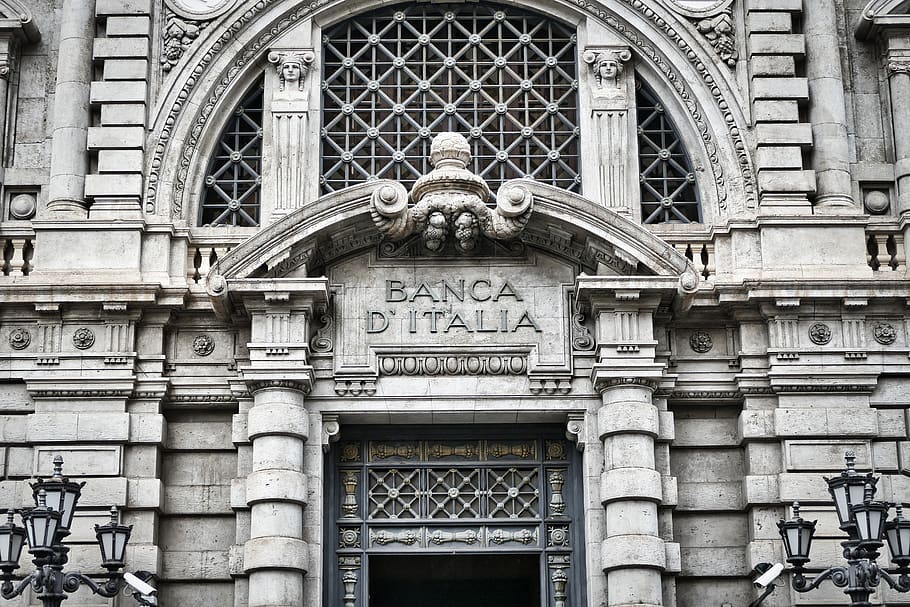Central bank digital currencies (CBDCs) arrived in the spotlight when Facebook’s stablecoin project Libra went bust in 2022. Libra’s proposed stablecoin, which was supposed to be backed by a basket of assets, made regulators sit up and pay attention.
With Libra, the regulators felt that Facebook, a private company with billions of users, would have disproportionate power and influence over the global financial system. So, Libra became the monster under the bed that scared central banks. And this kickstarted the race between central banks to explore their CBDCs to maintain control over their domestic financial systems.
As of March 2023, 39 countries are researching CBDCs, while 32 have already started the development phase, according to Atlantic Council’s CBDC Tracker. Moreover, another 18 central banks are already piloting their CBDC projects, while some have already launched. The Bahamas’ Sand Dollar, arguably the first CBDC, has been in the market for over two years.
A New Form of Old Money
CBDCs are like the digital versions of good old-fashioned cash. It’s a way to have digital money with the government’s backing. Imagine if your money became an emoji 💰 on your phone. And you could use this emoji to buy goods and services directly, instead of relying on payment apps or ATMs.
That’s what CBDCs are—a government-sanctioned digital payment instrument. In other words, it’s a digital alternative to money.
You’re wondering how buying something with a CBDC is different from buying it with your card online? Well, payment apps are just ways to move money electronically, but CBDCs are legal tender itself turned into code.
There are two main types of CBDCs based on their intended users and use cases—wholesale and retail. Wholesale CBDCs are designed for financial institutions, such as banks, to settle transactions between themselves. These CBDCs are typically used for large-value, high-volume transactions and are not meant for the public.
Retail CBDCs, on the other hand, are designed for use by the general public. Retail CBDCs are meant to be used for everyday transactions such as buying goods and services, sending money to friends and family, and paying bills. Banks generally have stated that they intend to complement, not replace, physical cash and traditional bank accounts—though with cash on the wane globally, this is hard to guarantee.
Blockchain?
Though the rush to develop CBDCs was largely sparked by Facebook’s crypto gambit, practically none of them actually use blockchain technology, which would make the CBDCs impossible to regulate.
Still, there is some tangible crypto influence. Most CBDCs rely on cryptography for security, and others are marketed with language that appears to hail directly from the crypto world. For instance, the Bank of England, in its consultation paper for a digital pound, refers to “financial inclusiveness” for those without bank accounts—an argument eerily redolent of the crypto call to “bank the unbanked.”
The Most Notable Ones
The Chinese CBDC, e-CNY or digital yuan, is one of the most significant CBDC projects due to the sheer size of the country’s population and economic power. Besides, China invented paper money. So, the e-CNY may end up setting a global standard for CBDCs.
The digital yuan does not use blockchain technology. Instead, it is issued and controlled by the People’s Bank of China (PBOC). In addition, the digital yuan provides users with “controllable anonymity,” meaning that users enjoy certain degrees of anonymity unless the government suspects a crime.
The European Central Bank (ECB) is set to make a formal decision regarding the launch of digital euro by autumn of 2023. It started exploring the possibility of a CBDC in October 2021. The initial release of digital euro will be for e-commerce and private peer-to-peer transactions, as the ECB wants to use a “staggered approach” for implementation.
The U.S. is looking into how a digital dollar could potentially improve existing payment systems.
Last year, India launched pilot programs for its wholesale and retail CBDCs. The digital rupee uses distributed ledger technology (DLT) and application programming interface (API), and is not connected to any blockchain.
CBDCs Are Like Cash, but Not Always
Some argue that CBDCs are not compatible with freedom. The government may have too much control and power over CBDCs. And if a government is authoritarian, then it could use financial transactions to monitor and control citizens.
As Norbert Michel, vice president and director at think tank Cato Institute, put it, “A CBDC would give federal officials full control over the money going into—and coming out of—every person’s account.”
So, CBDCs may be as good as cash but they’re not cash. Because with CBDCs, you might be compromising privacy. To prevent large-scale criminal transactions, the government would have access to transaction data to identify culprits. As a Chinese CBDC expert said, “absolute anonymity” has never been seriously considered by central banks. But users can expect a reasonable degree of privacy, depending on the CBDC design.
Notably, the Bank of England has put out calls for the UK’s private sector to help develop a payments ecosystem around the digital pound—which, depending on how you look at it, is either a welcome sign that the government wants to relinquish full control of the coin or an evasion of responsibility for any future issues (say, privacy violations).
There is also a risk that banks could lose their primary funding source if people start using CBDCs instead of traditional bank accounts. Or, if too many people rush to change their bank deposits to CBDCs, it could trigger a bank run. So, CBDCs come with a little asterisk of risks to financial stability. This is why many countries are limiting the amount of CBDCs that can be held.
More importantly, CBDCs could face cyber attacks. For example, if a country’s currency system is hacked, there would be wide-ranging impacts. It would be like millions of citizens getting their pockets picked at once. Not ideal.



